SEO Techniques 2018: What Will Work and What Will Not Work?
The landscape of SEO has changed by leaps and bounds over the last decade. Web Search is now mobile-centric and runs on machine learning algorithms. The strategy and tactics of the yesteryears are no doubt still very much relevant today but there has to a cap on the extent to which one can stretch the limits.
Today internet has evolved beyond simple plain algorithms to self-learning and intuitive algorithms employing Machine Learning and Artificial Intelligence techniques on search.
However, SEO always has and always will survive the changing tides. This blog aims to highlight the new tools that are now essential for SEO’s and also highlight the past practices which should be kept at bay in today’s environment.
Create SEO Friendly Website Design To Improve Your Business By 50% In 30 Minutes
Content Overview [Hide]
Take A Look At The Previous SEO Trends And Techniques
In today’s internet age, you must be careful with conventional SEO standards like keywords in content, leaving comments, and even reusing content on multiple pages. Using keywords for anchor test is acceptable a few times.
However, using it beyond an accepted threshold is bound to backfire. Similarly, pop-ups that generate leads must be subjected to first-time visitors only. A few extra visits and clicks is an unwanted tradeoff for security and safety.
Below we highlight some of the standard techniques of the bygone days which today require very careful and limited application.
1. Keyword Overloading
When Google was in its infancy, Keyword Density ruled SEO. Keyword Density was the ratio based on the number of times the keyword was used versus all other remaining words on them.

This made people at that time repeat keywords in their content or webpage as many times as possible. “Keyword Stuffing” was a bad practice and it compromised content.The simpler and easy to manipulate Google search algorithm back then enabled SEO people to misuse Google rankings for marketing purpose.
2. Poor User Experience
Usage Data is a paramount identifier for user experience and insight. With Usage data, Google draws important insights about the user interaction with your website. One such parameter is the bounce rate.
A high bounce rate means that people spend no time on the website and leave immediately. This will alert google search that your website consent is not helpful or informative enough.
Hence, unlike previous years. any unnecessarily complex or misleading website is sure to receive negative feedback and suffer relative drops in rankings.
The Panda update from Google was specifically aimed to clean up poor content. Google collected important feedback from googlers visiting specific websites. Websites were rated depending on the feedback. Then google looks for a similar pattern in other websites and hence Poor-quality site design and content can now receive poor ratings as well as ranking.
3. Spam Comments
Spam Comments easily ruin blog posts with great content. More often than not, you might find a very disturbing element in a great blog (text, image, video). When you scroll down the comments section, you might be taken aback by the amount of dummy and redundant spam comments.
There can be hundreds of such Duplicate Comments which are not concerned about the subject matter but on the hindsight, they are solely aimed to generate successful hits or visitors.
However, these days Nofollowed links alert search engines from giving undue credit or pass for any authority to that link.
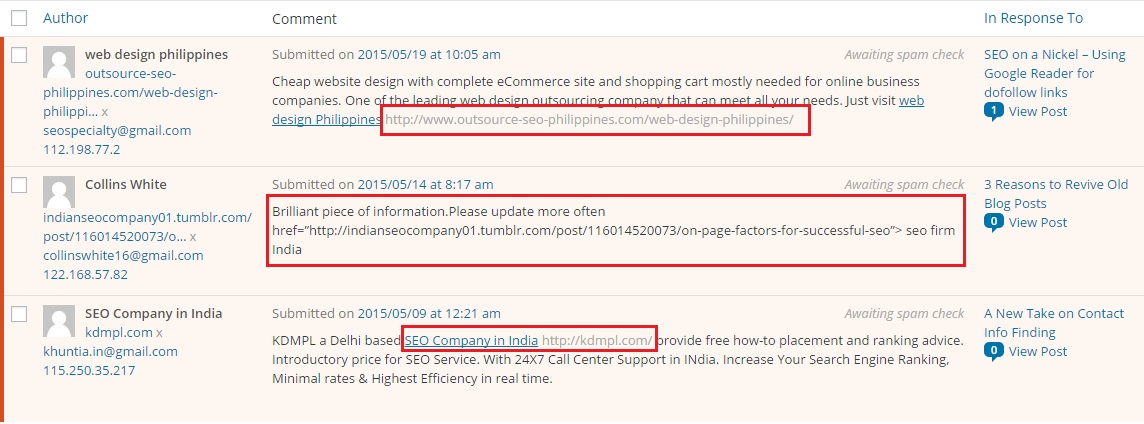 Other effective solutions for spam comment driven links are:
Other effective solutions for spam comment driven links are:- WordPress plugins enable website owners to filter such comments
- Websites nowadays ask for users name or email to enable a comment.
- Some websites even manually approve comments.
- Blacklisting habitual offenders.
4. Unnatural Links
Black Hat SEO technique was infamous for using strategies, techniques, and tactics that did not comply with search engine rules and policies as well general ethics. Some of these include:
- People putting white text on white backgrounds as nobody could see it except the crawling search engines.
- Hidden or unnatural links are a more reformed variation of this negative tactic.
Website visitors are unable to view these links and content. However, Google crawls through them in the background. This practice has been prevalent prevent since the genesis of the internet. However, doing it today must be avoided at all costs as it may lead to bad name and blacklisting.
5. Duplicate Content
Duplicate Content is a recurring issue with Search Engines. People often Copy and Paste content to different sites. There is even software like “article spinners” to jumble contents of a particular article to be republished somewhere else.
However, this practice comes with a whole number of issues like a duplicate content problem. The duplicate content link may appear in different sections of the website.

Google finds it difficult to determine which page to pass authority to. Unknowingly google will split up the website’s credit and share it across different pages.
6. Unwanted Interstitial Ads
Mobile phone users have to suffer from intrusive interstitial ads. Intrusive screen blocking ads degrade the smooth user experience. Google now takes these user grievances on top priority.
Impeding visitors with unwanted pop-up ads, videos etc is no longer an effective SEO tactic. Google even issues warnings to site visitors for annoying ads.
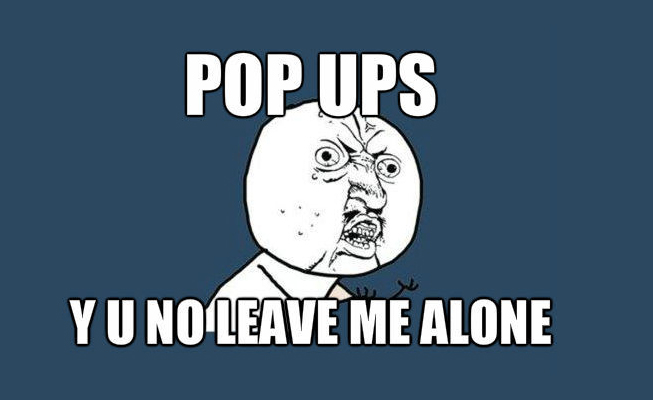
Further, to improve mobile experience Google has been very strict with its ranking for websites where content is not easily available to users. Even those Pop-ups which are not driving a ton of conversions may be red-flagged.
7. Whirlpool Of Exact Match Percentage
Anchor text provides info about the link user will be directed to by clicking on it. It is a preview of the link, the webpage visitor is about to click on. The choice is for the visitor to click or ignore the link.
Except in some rare cases, the links are within accepted norms of society as well as internet. Search engines use these anchor links to understand the authenticity and authority of the content of the web pages that they lead to.
Hence, using too many exact match anchor text on your page will in all probability backfire. Most SEO practices even today involves using misleading and no use “EXACT MATCH”.
If you are still doing this…
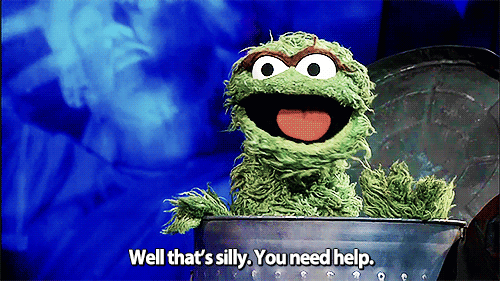
Hence, we see that usage data, as well as better and intelligent algorithms, are now forcing SEO to shed a few of the previous norms and upgrade their armor based on the present landscape of content and internet as a whole. We now make a detailed analysis of the modern techniques that a present-day SEO must be equipped with.
These Easy Law Firm Marketing Mantras Can Get More Business For Lawyer/Attorney
Now let’s get into in SEO techniques, tactics, strategies, trick, future predictions of 2018 whatever you want to call it… Dig in!!

SEO Techniques That Will Work In 2018
1. RankBrain:
Google calls it the third most important ranking factor for search related queries. RankBrain couples Machine learning with the search. To put it in layman terms rankbrain simply draws insights based on users interaction with the search results.
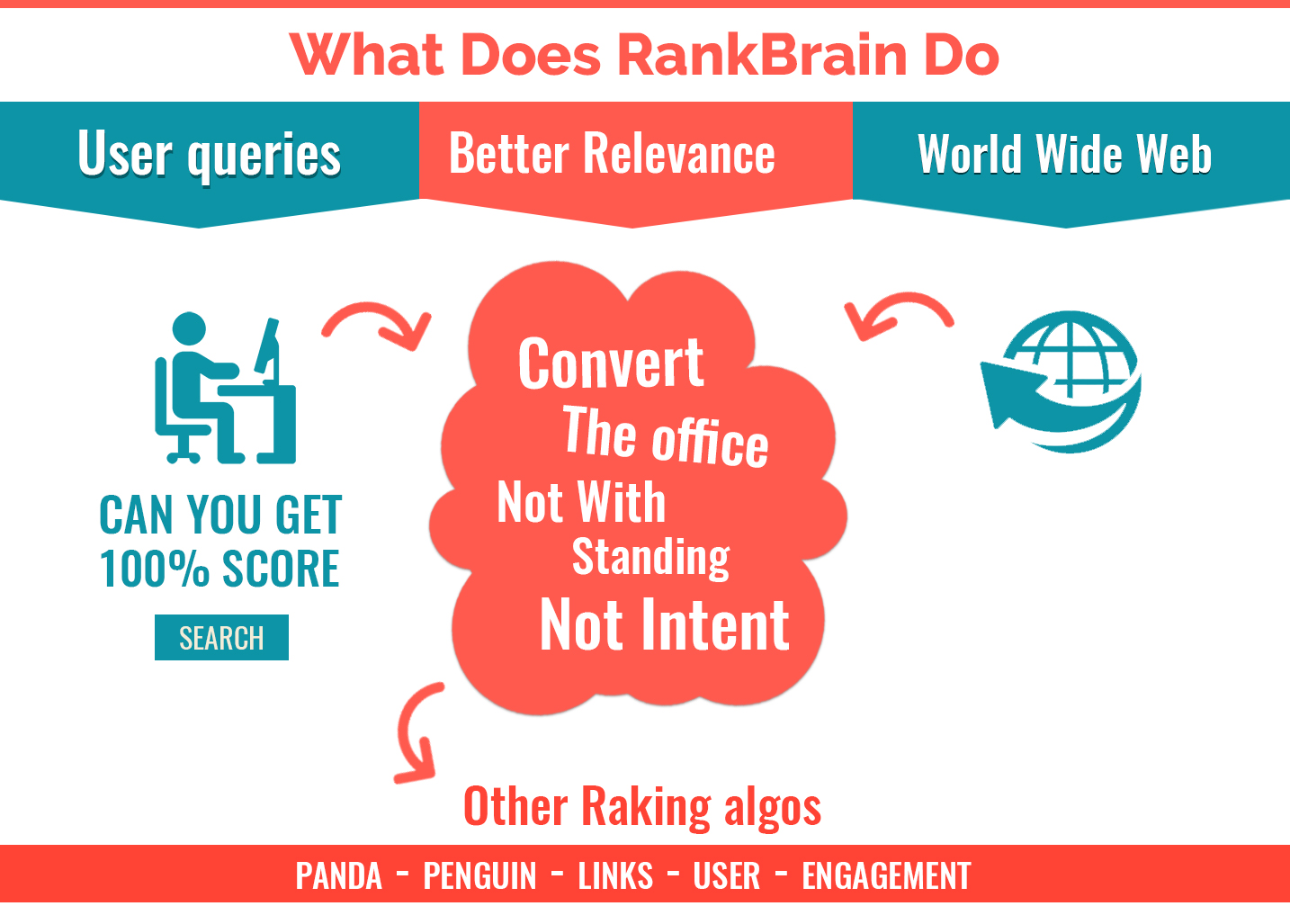
The impact that it will have on SEO are:
- Even though the name of a particular website may not appear on the top of a search result. It can boost its rank if the user selects the website ahead of others before or after it. The user must also spend a considerable amount of it.
- In case the user selects the top option from the search result and immediately bounces back to the result page after being erred by the terrible content. RankBrain will make a note of this and immediately boot the website from the top spot.
Hence, RankBrain evaluates two parameters:
Dwell Time: The amount of time visitor stays on the webpage. Dwell time is used as ranking signal.
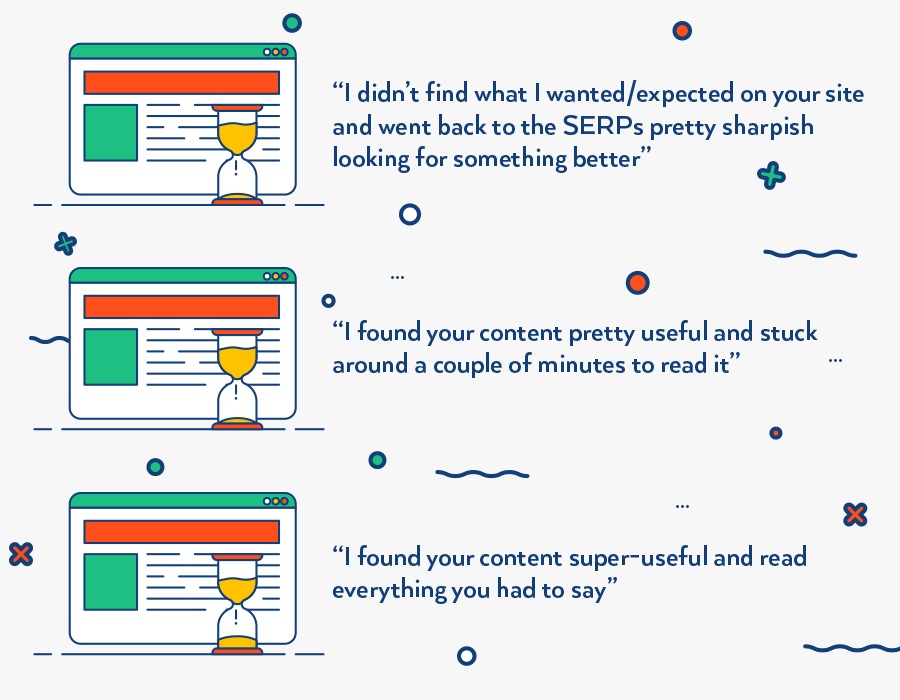
It takes into account :
- When the page was visited.
- How much active time was spent on the website.
- When the page was closed.
The average Dwell Time for a Top 10 Google result is 3 minutes and 10 seconds.
Click Through Rate: The percentage of people that click on a particular result. Rankbrain uses above- average CTR as a parameter for ranking boosts.
2. Context-Based Content:
Growth and intelligence go hand in hand. As Google grew it became smarter than before. It no longer now searches for specific keywords alone.
Great content always Speaks for Itself. But let me add this, a context-based content lets google speak for itself.

Always remember the best results are not some keywords inserted in an of the radar collection of unclear and irrelevant words on a web page.
Features of In-Depth Content:
- Minimum 2000 words for a complete content.
- Use LSI Keywords: Words and Phrases which are strongly related to the content.
50 Digital Marketing Statistics and Figures That’ll Help You Improve Your Online Preference
3. Mobile First Index:
Over the years, desktop computers have been replaced by mobile devices which include smartphone, tablets, phablets etc. this propelled Google to switch from desktop to mobile-first index.
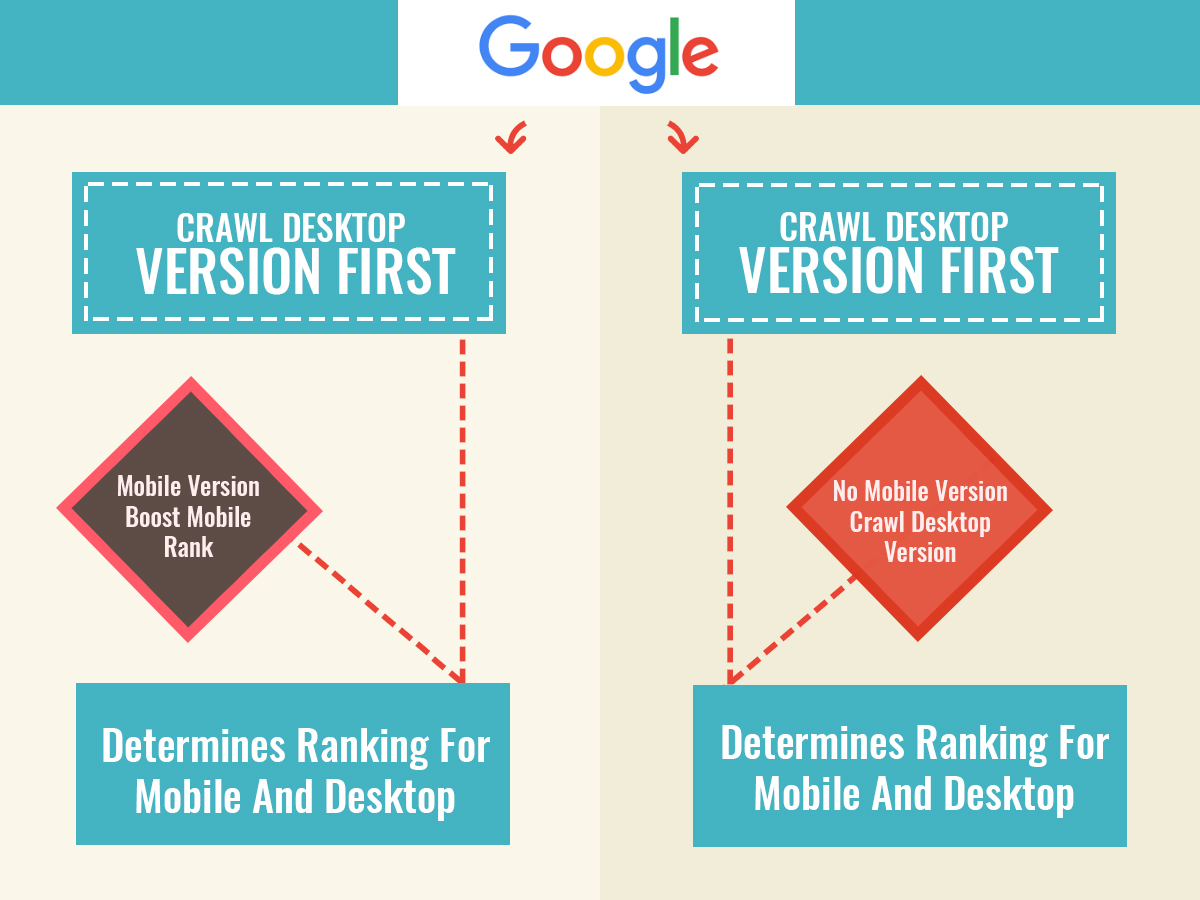
What this means is that Google will now consider the mobile version of your website as the one and only version.
Please bear in mind the following key points for content specific to Google’s Mobile first index:
- Consider switching to a responsive design for a mobile version of your website if you have not done so yet.
- Make content exclusively for mobile and desktop alike.
- Check the user experience of your website on a mobile and do the required changes accordingly.
- Youtube is now the second largest search engine. Create video content or miss out on the bandwagon of this search engine.
- Couple your blogs with video content. It promises an interesting fusion and a great content.
4. Voice Search:
Tune Yourself With The Next Search Evolution.
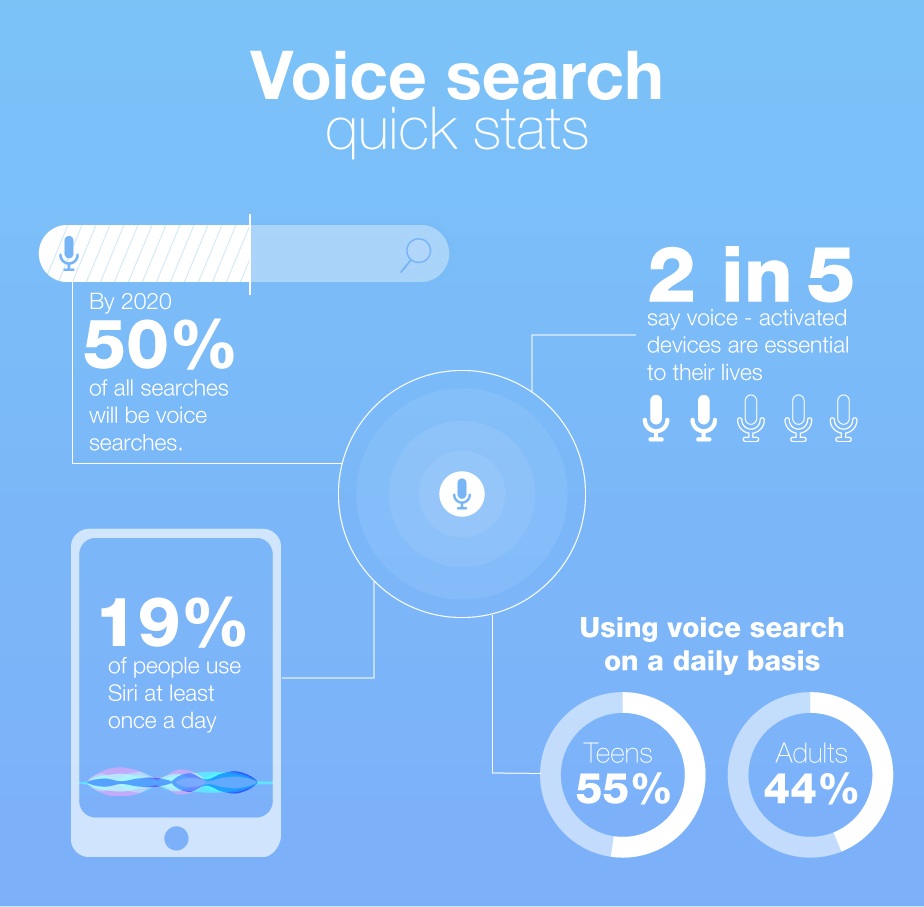
5. Content And Links:
Have you ever wondered what makes a masterpiece painting so expensive?…
What made Van Gogh the most popular painter posthumously?
The answer is Content.
Every Form of Art scales the heights of greatness because of its pure and passionate content. This content can be of many forms and emotions. From the Michelangelo’s sculptures to Salvador Dali’s surreal paintings, all art depends on content.
Digital Art is no different in this respect. SEO at the end of the day will always rely on content and links. Great Digital Content attracts more links. And without links, you don’t even get a chance to be part of the herd in the first place. And at the end of the day, if you are not on Google’s first page, RankBrain, Voice Search, and the Mobile-first algorithm won’t matter. These are just a means to reach a larger audience.
However, it is your content that decides whether you will be given a pedestal by the audience or become a passing fad in today’s viral internet age.
Soure URL : https://blog.sagipl.com/seo-techniques/

No comments:
Post a Comment